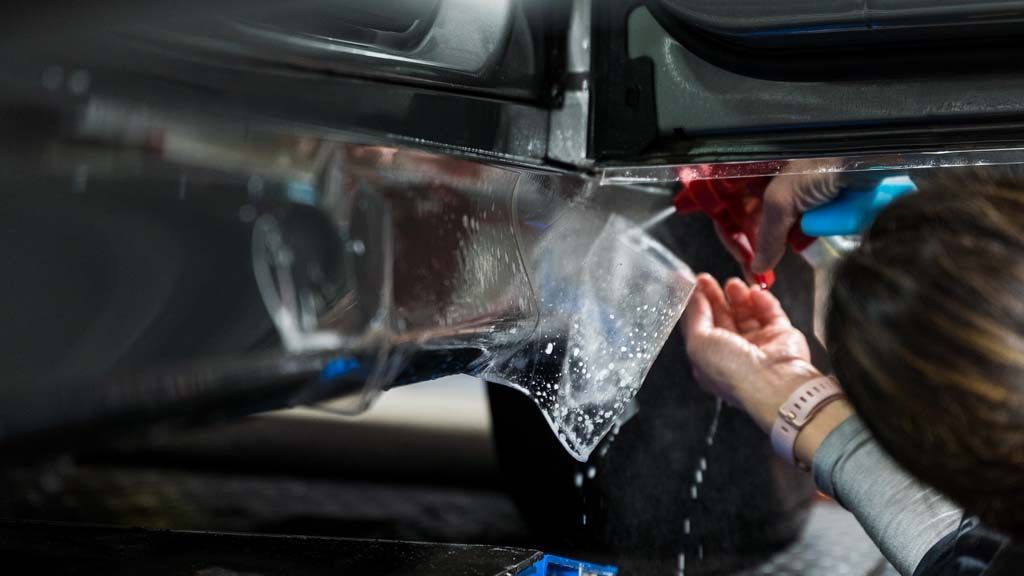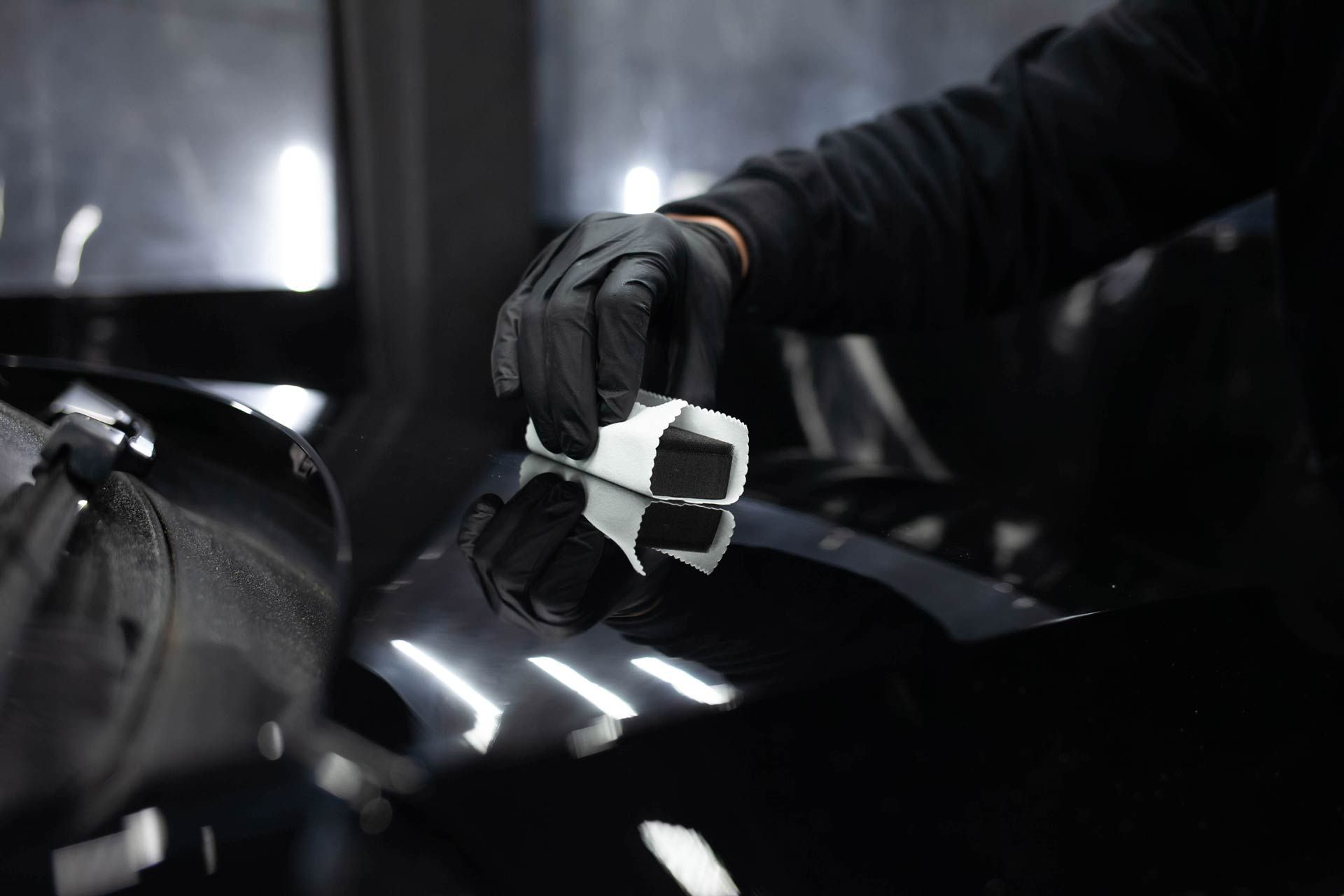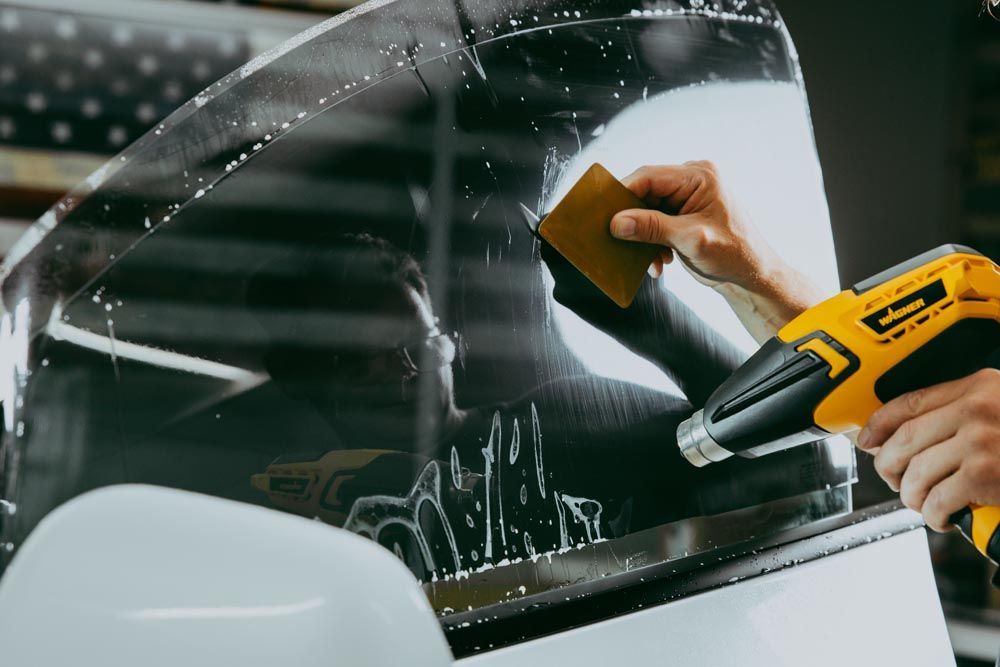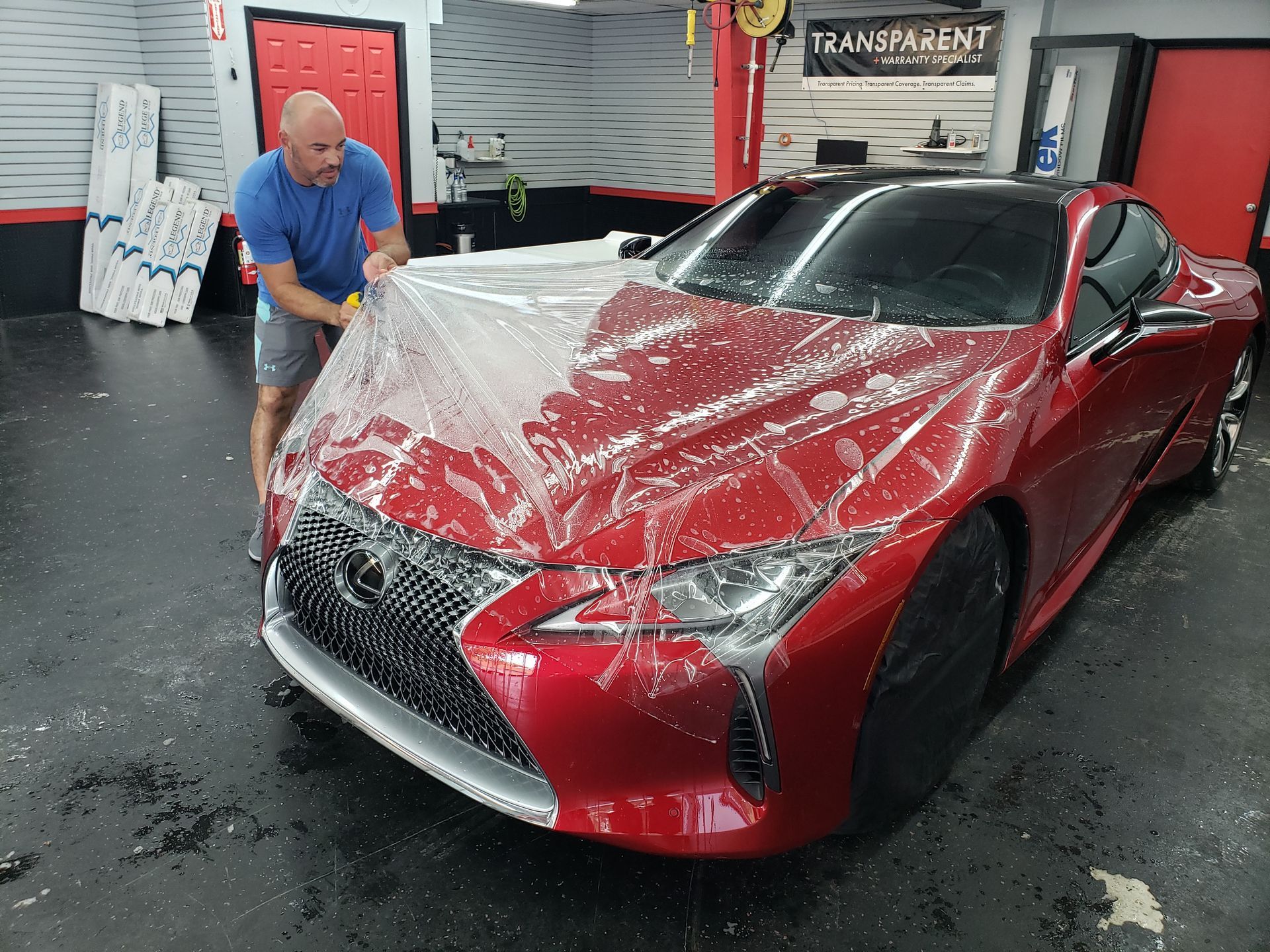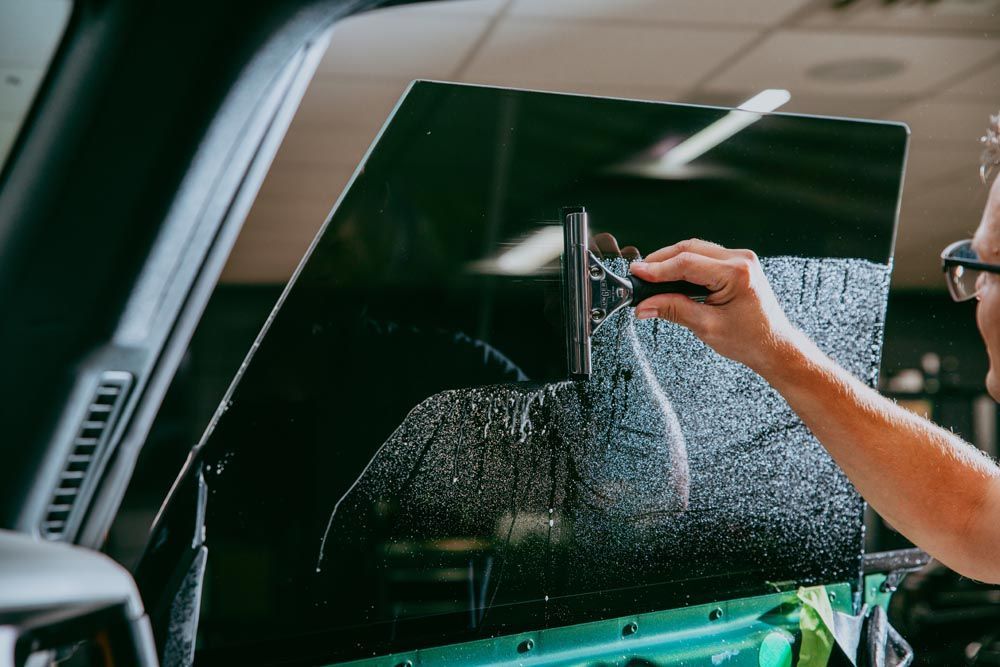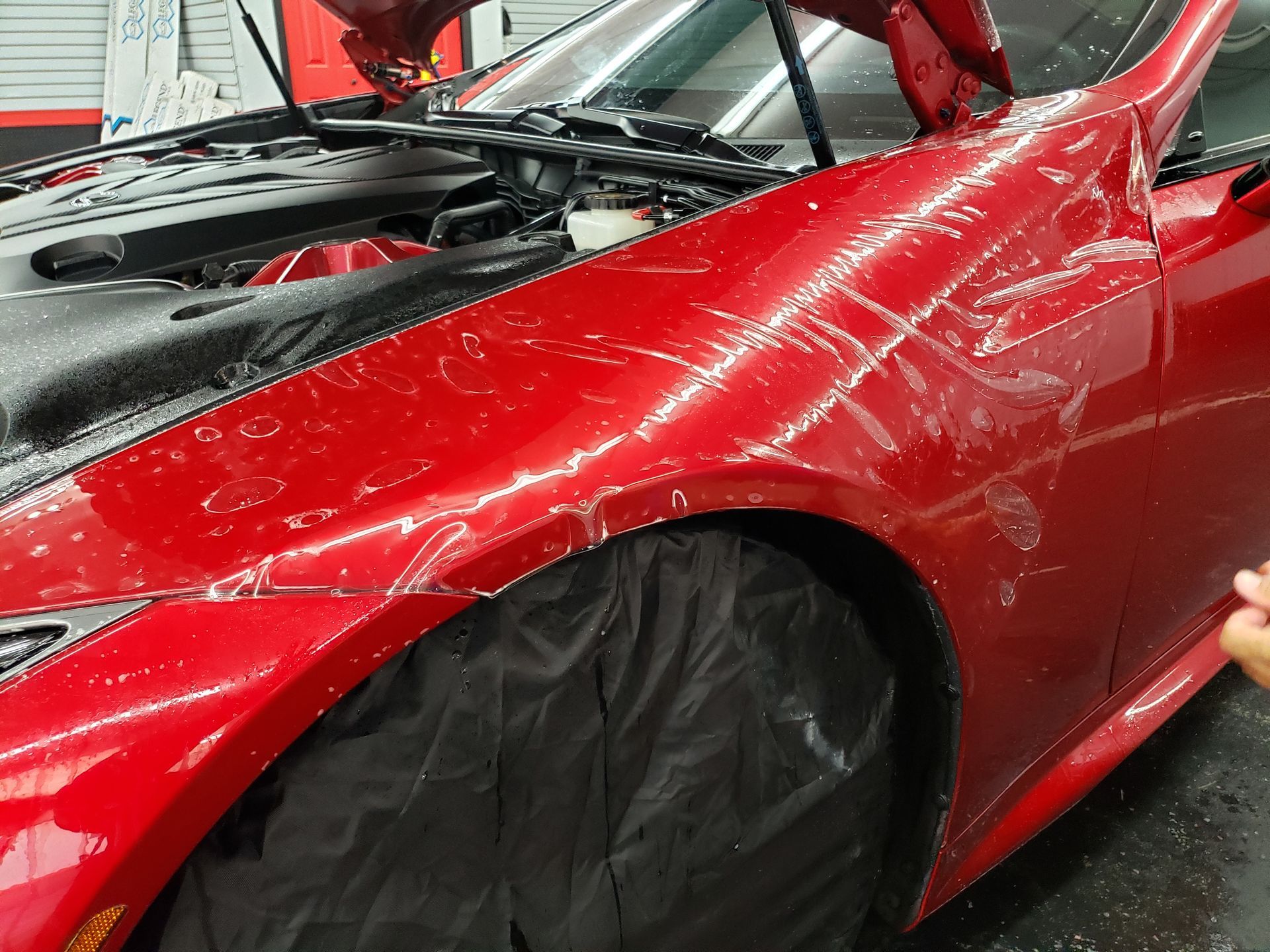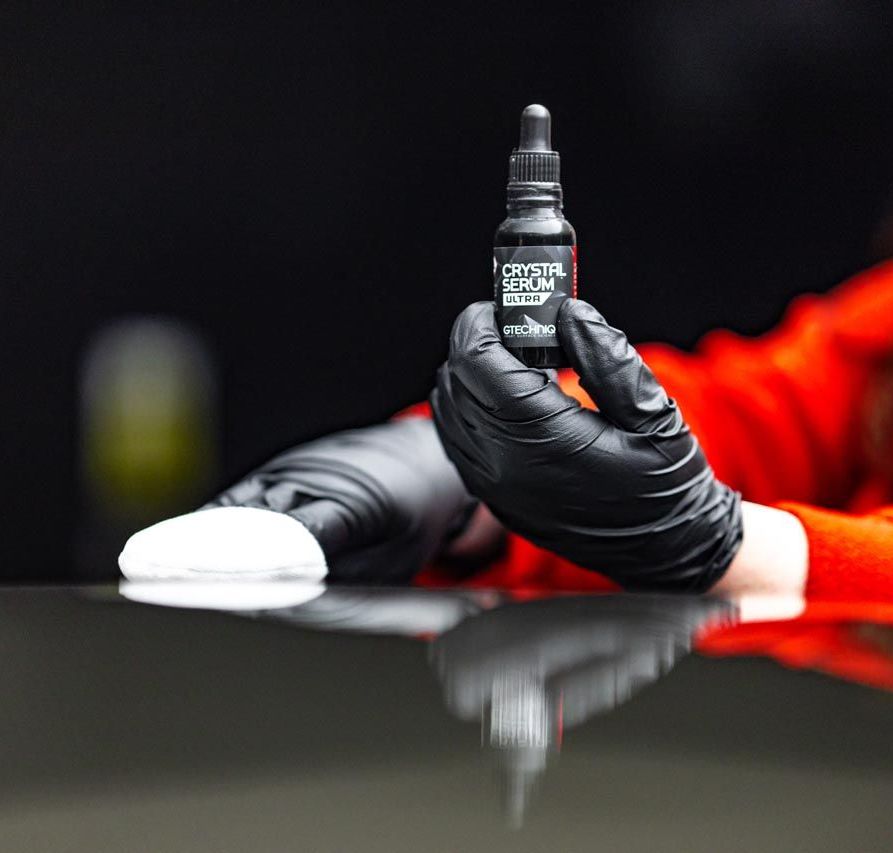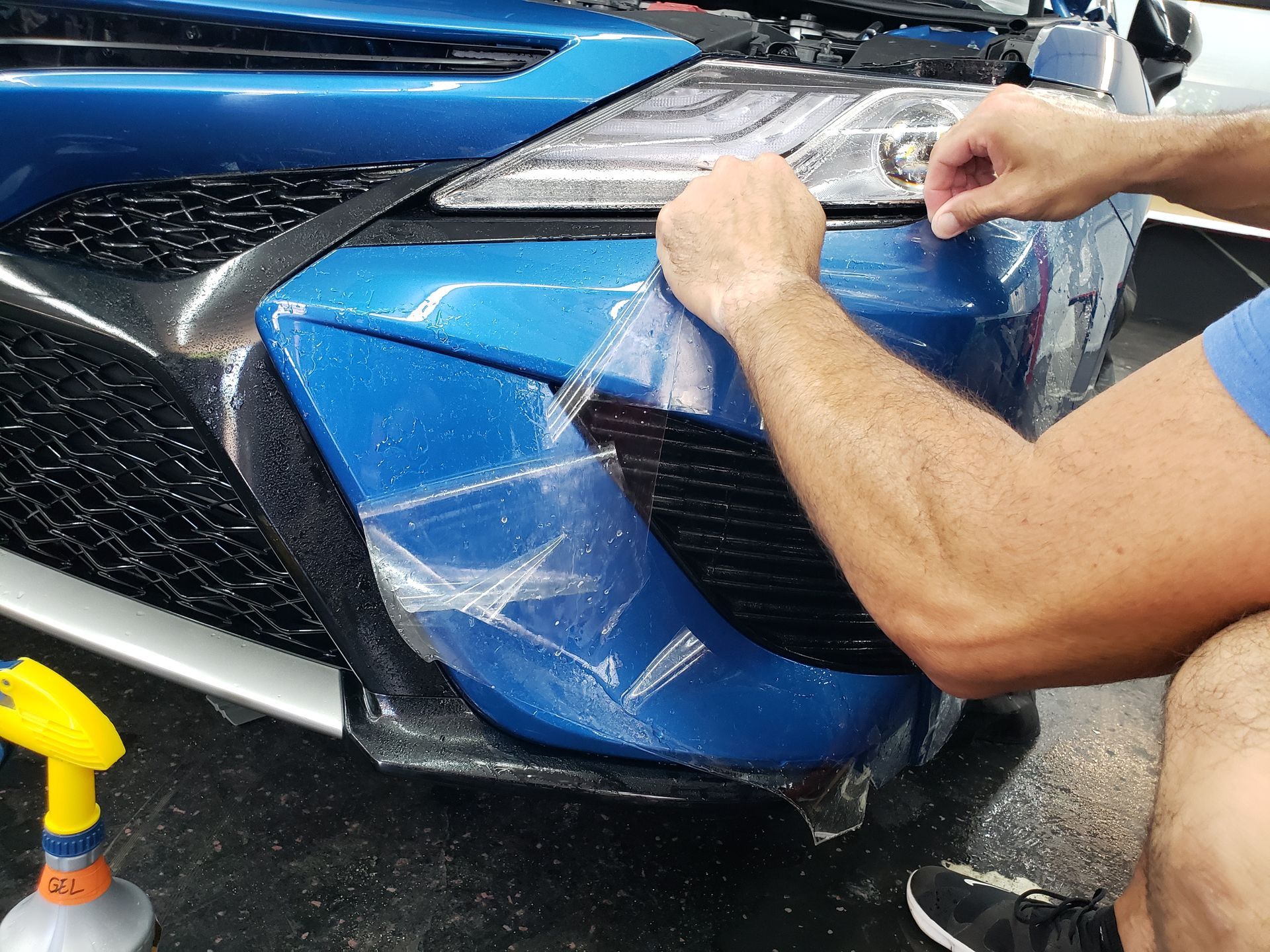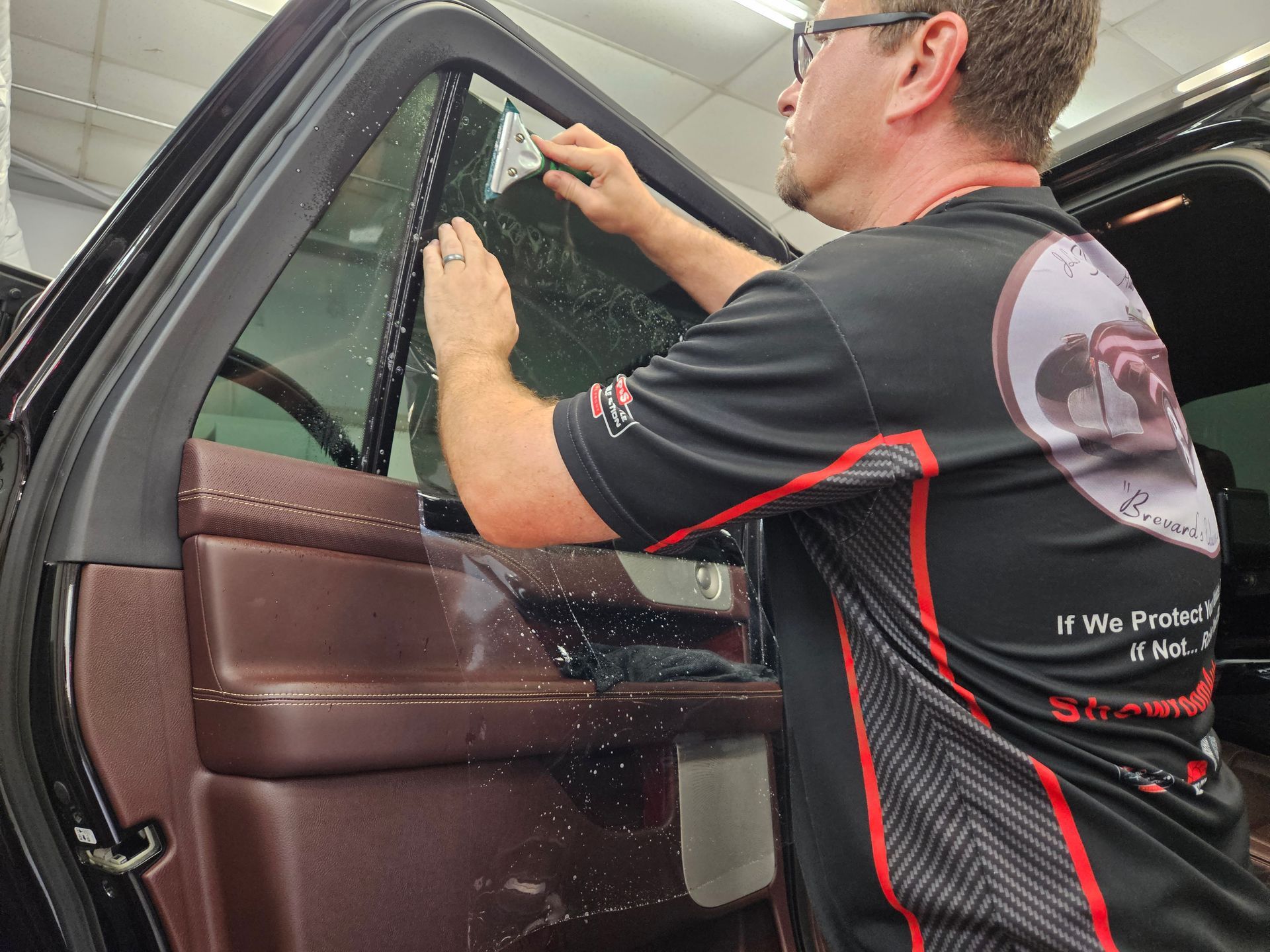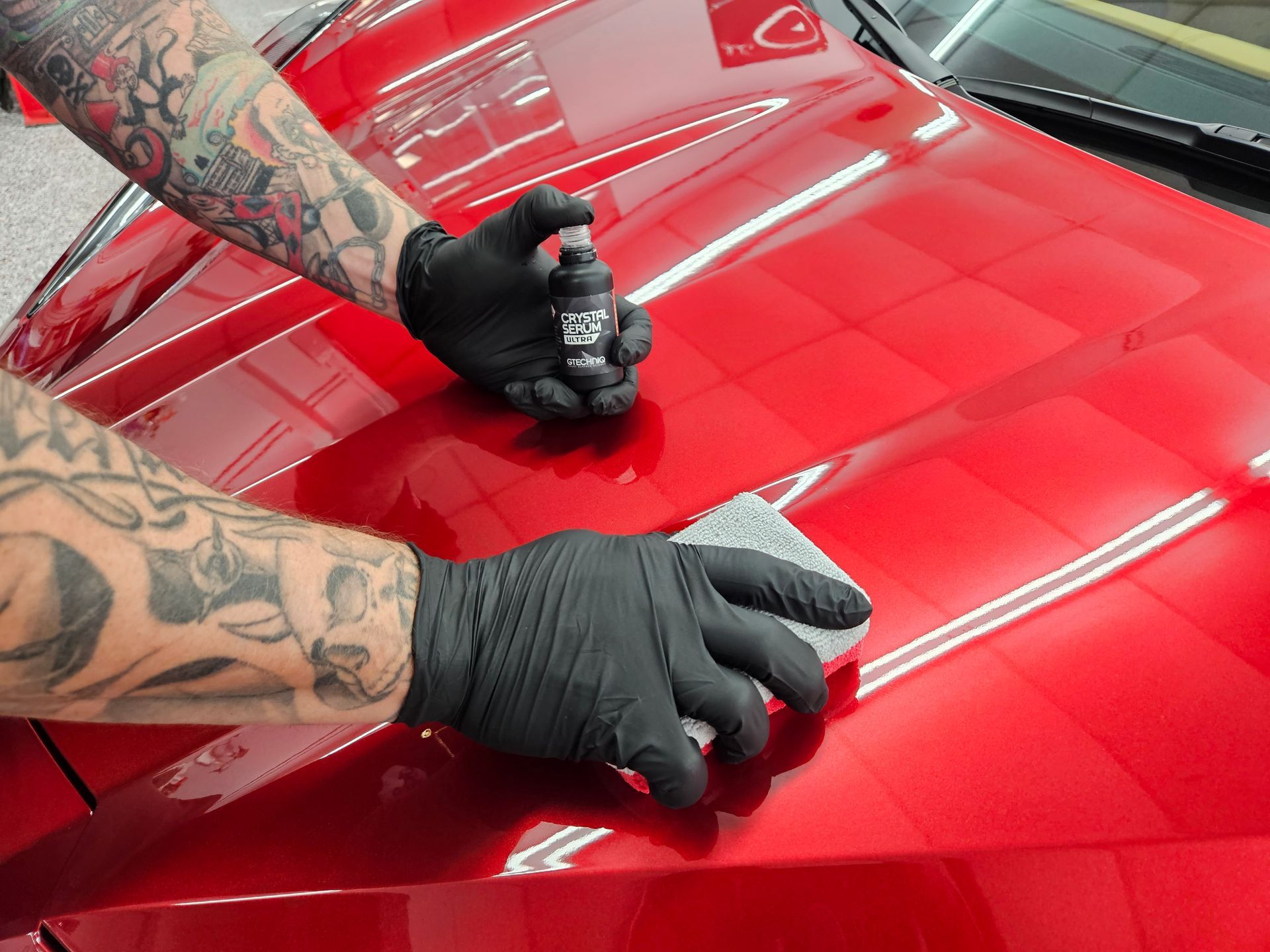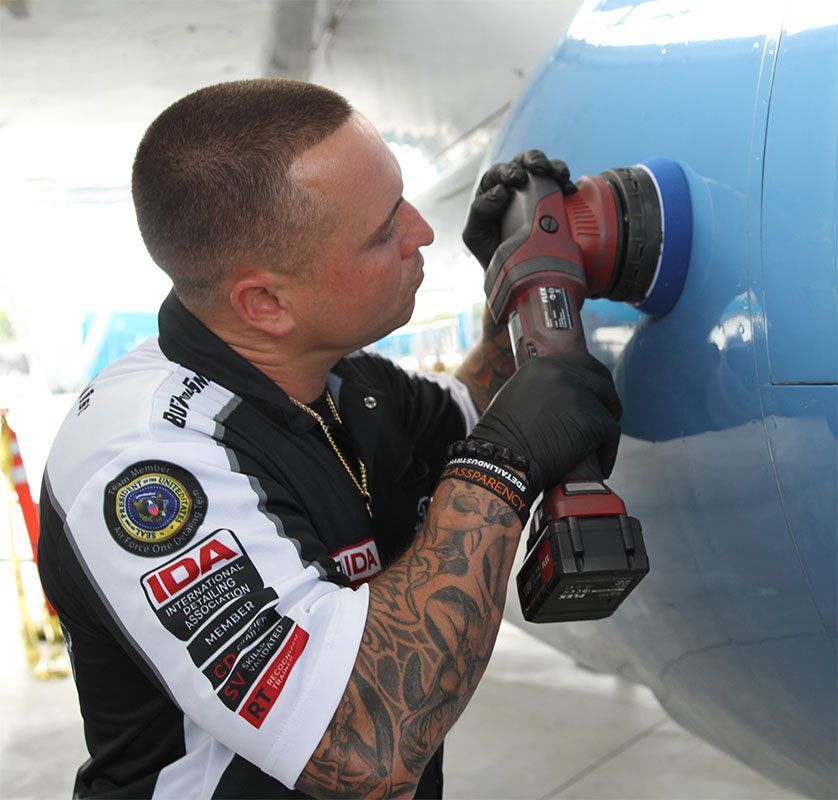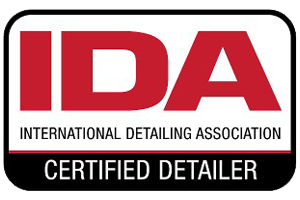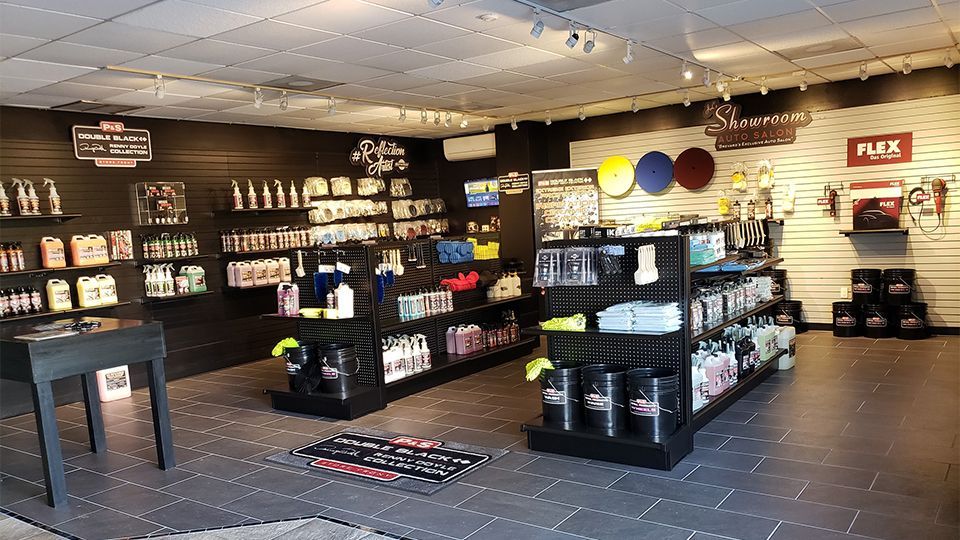
Formerly known as JL’s Showroom Detailing, Melbourne’s only Air Force One Detailer and past president of the International Detailing Association (2018), Justin “JL” Labato, announces the official Ribbon-cutting for his newly renamed JL’s Showroom Auto Salon with the Melbourne Regional Chamber of Commerce on Thursday, March 12 from 11:30 to 12:30; and a Grand Opening celebration, open to the public, on Saturday, March 14 from 9:00 a.m. until 3:00 p.m. There will be a local car show exhibit, a food truck, music, and an Open House to introduce their flagship retail car care store where customers can for the first time, purchase do-it-yourself car care products and supplies, developed by P&S Detail Sales.
Many of the products in the P&S line is inspired by the Air Force One Detailing Team’s work restoring the iconic airplane on exhibit at the Museum of Flight. JL’s is now the first and only full service, fully certified auto salon and retail store of its kind under one roof in the Orlando/Melbourne market area.
Located at 515 South Wickham Road, Labato entered into a lease-to-purchase agreement to expand the entire building he has been sharing with another automotive business since he started JL’s in 2008. He invested $25k into renovations, increased the number of automotive technicians from three to seven, and expanded the space to 7,300 square feet so he can now offer car and truck owners a myriad of automotive appearance services including premium detailing paint correction, ceramic coatings, paint protection film (PPF), window tinting, and Transparent Warranties.
Labato changed the name of the business from JL’s Showroom Detailing to JL’s Showroom Auto Salon on January 1, 2020, to better represent the multiple services he is now offering. Having pioneered ceramic coatings in the Melbourne area seven years ago, he is now able to expand
his footprint and offer more services to his customers, while sharing with everyday customers the exceptional products that cannot be found at the corner auto parts store, or at the average detailing shop in Florida, for that matter.
Labato is no ordinary bucket of water and soapy sponge detailer!
He is dually certified (CD-SV) by the IDA and Renny Doyle’s Detailing Success. He is also a past president and a Recognized Trainer (RT) for the IDA, authorized to train and certify new detailers at his Melbourne studio. He is Lead Global Consultant for Buff and Shine Manufacturing and has served for five years (three as a team leader) on the Air Force One Detailing Team, and two years on the McCalls Motorworks Revival/The Quail Detailing Teams at Monterey Car Week. In both, he has used his meticulous skills to restore and protect multi-million-dollar vehicles and vintage aircraft.
Saturday’s festivities are a family-friendly event, open to the public, and will include demonstrations and car care advice from Labato and representatives from Buff and Shine and P&S Detail Sales, as well as tours of the new studio and presentations of their capabilities.
The media is welcome to both the ribbon-cutting on Thursday and to the Grand Opening & Open House on Saturday! Please join us!
For more information, contact Justin “JL” Labato at (321) 722-2255 or PR representative Kimberly Ballard at (256) 653-4003.
